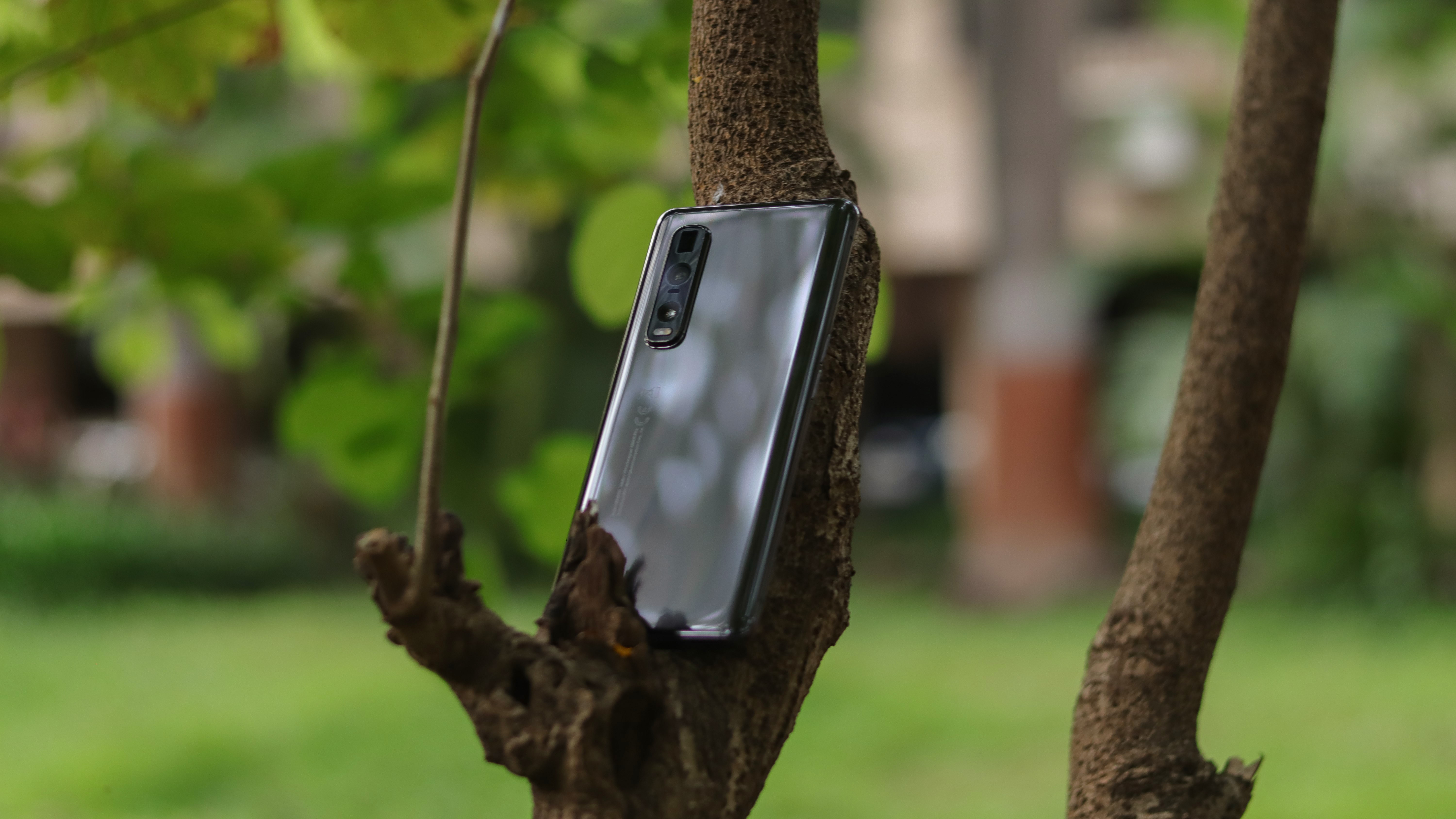Exclusive: How Oppo's 125W flash charge actually works on smartphones
And, we are getting technical here


This piece was written with inputs from Tasleem Arif, Vice President and R&D Head, Oppo India.
When it comes to smartphones, some specifications always leave us wanting for more. While processors, displays and designs have come a long way in the last few years, aspects such as battery life and charging speeds have no upper limits.
Oppo’s recent charging breakthrough hopes to address that by bringing smartphone charging times to under 30 minutes. Something that was unthinkable even a few years ago. Called the Flash Charge, it can achieve a throughput of 125W, the highest on any smartphone currently. Here’s everything you need to know about the next big thing in smartphone charging.
- Oppo's new 125W fast-charging tech can fill your phone’s battery in just 20 minutes
- Realme unveils its 125W UltraDart charging solution
- Oppo Find X2 Pro review
Oppo was one of the first to bring fast charging to smartphones, way back in 2014 with VOOC (Voltage Open Loop Multi-step Constant-Current Charging), but the full form is seldom used. It stood out from other solutions in one aspect - it increased the current but not the voltage, avoiding higher temperatures and inefficiencies. It started with a voltage of 5V and current of 4A to achieve 20W of output.
In the following years, Oppo successfully ramped up the output to 30W, 50W (Oppo Find X) and even 65W (Oppo Reno Ace). More recently, Oppo even brought the same goodness to wireless charging with 40W “Air VOOC” (Oppo Reno Ace 2) earlier this year. The next breakthrough in the lineage is Flash Charge, which takes the charging rates all the way up to a whopping 125W. In lab tests, a 5-minute charge was able to take a phone with a 4,000mAh battery to 41%, with a full charge taking only about 20 minutes.
Here’s a first look at 125W Flash Charge technology in action. It can fully charge a 4,000mAh battery in 20 minutes. 🤯 #FlashForward pic.twitter.com/EWtfGcsL4mJuly 15, 2020
Increasing the voltage or current is just part of the solution. Factors such as safety, heating, efficiency and battery health are also important factors of the equation as they should be able to last for a couple of years. Manufacturers are aware of the risks associated with putting too much pressure on batteries and continuously seek ways to design phones with a safety-first approach.
At an all-time high charging throughput, Oppo had to ensure that 125W charging could be sustained without any of the aforementioned repercussions. It starts with the inclusion of custom chips for the MCU, VCU, AC/DC control, battery management and a hardware handshake. Only when they function at a certain degree would the charging take place at full blast. These also work in tandem to constantly monitor the vital stats of the battery such as temperature, health, wear and tear and damage from external forces.
Moreover, there are 14 temperature sensors across the charger, BTB, power supply, motherboard junctions and the charger to monitor charging status in real-time. These ensure that the phone's body never crosses 40℃ while charging at 125W. If the phone suspects overheating, the charging is regulated in real-time to balance the charging speed and temperatures. This is also further safeguarded on the software front via 128-bit encryption to prevent hackers from tampering with the firmware and override any of the safety checks.
Get daily insight, inspiration and deals in your inbox
Sign up for breaking news, reviews, opinion, top tech deals, and more.

The integration has also been overhauled from the Super VOOC 2.0 (65W) implementation, making it more compact. It uses the same bi-cell design that allows to effectively halve the voltage of the double cells during discharging in parallel. A total of four charge pumps are deployed to regulate the voltage—one on the discharging circuit to halve the voltage in the initial step, and three on the charging circuit (42W each) to split the load and dissipate heat more effectively. They convert the 20V 6.25A delivered by the charger into 10V 12.5A to charge the battery. Other major design changes include the shift to dual connectors with a reversed layout, which splits the anode and the cathode connectors and connects to the battery from the bottom, thus shortening the circuit and the heat generated.
Not only is this considered a more elegant way of handling charging, but is also supposed to be safer. Oppo claims a charging efficiency of 98%, which is rare when operating at such high power levels. Moreover, in its internal testing, the batteries retained about 80% of their capacity even after 800 charge cycles. The battery is also 6C rated for discharging, allowing for safe discharge of the entire battery in just 10 minutes, twice the industry standard of 3C.
Oppo is not averse to the idea of sharing its technological breakthroughs. Realme’s 125W UltraDart charging is based on Oppo’s Flash Charge technology, and will debut commercially on a smartphone in August. Oppo didn’t share any timelines for its smartphones, but maintained that they have been thoroughly tested and are ready for the market.
In the future, Oppo will be investing over CNY 50 million (~ Rs 53 crores) to develop systems for 5G/6G, AI, AR and other upcoming technologies, for smartphones and other IoT devices. The Oppo R&D centre in Hyderabad, headed by Tasleem Arif will continue to play an crucial role in these efforts.
Aakash is the engine that keeps TechRadar India running, using his experience and ideas to help consumers get to the right products via reviews, buying guides and explainers. Apart from phones, computers and cameras, he is obsessed with electric vehicles.
